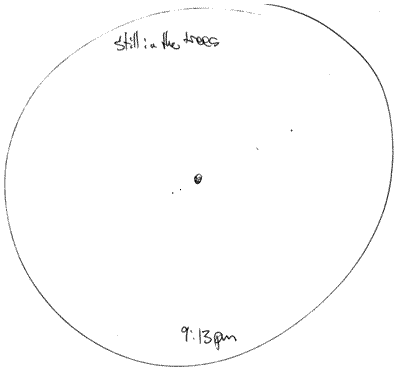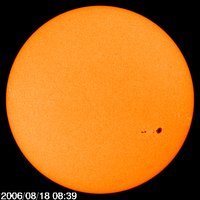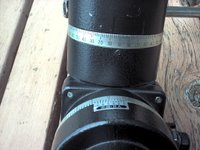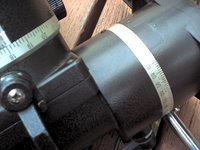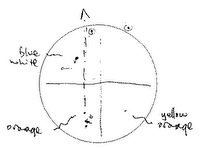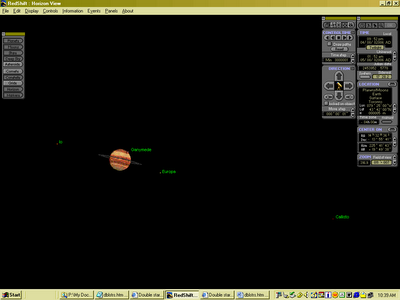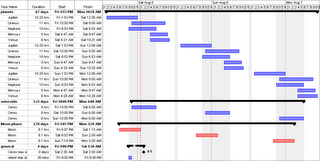I've been thinking that I need to take the web pages I encounter (like the one at SEDS) documenting double and multiple stars with a grain of salt.
Not having a formal catalogue of double stars, possibly in trouble with the public library, I am left with searching online.
At the same time, I've had this feeling that this kind of information must be available online from "official" and trustworthy sources.
And after a couple of hours working in the Bright Star Catalog (bsc5p), examining the complete table of 9000+ stars, getting to know the system, the query language, sorting features, means of output, I can say that I am astounded with The High Energy Astrophysics Science Archive Research Center (HEASARC) archives at NASA's Goddard Space Flight Centre!
I used the following criteria:
alt_name != "" AND
dec > -50 AND
vmag <> 10 AND
m_sep > 10 AND
m_sep = 0
so to exclude unnamed and unnumbered stars in a constellation; avoid candidates only visible in the southern hemisphere; include stars viewed, relatively easily, in either a 8" or 6" telescope in fairly dark skies; that are not too close together.
The final m_sep = 0 is to extract a handful of other proximal stars like Mizar.
I selected the following fields for output:
name, alt_name, ra, dec, vmag, ads, fk5, hd, m_cnt, m_mdiff, m_sep, sao, spect_type
where:
- name = an HR / Yale number
- alt_name = Alternate Name (usually Bayer and/or Flamsteed), e.g. "79Zet UMa"
- ra = Right Ascension, J2000
- dec = Declination, J2000
- vmag = Photographic Magnitude
- ads = Aitken Double Star Catalog Designation
- fk5 = FK5 Star Number
- hd = Henry Draper Catalog Number
- m_cnt = Number of Components in Multiple System
- m_mdiff = Magnitude Difference of Double or the Brightest in Multiple System
- m_sep = Separation of Components of Double or the Brightest in Multiple System
- sao = Smithsonian Astrophysical Observatory Catalog Number
- spect_type = Spectral Type of Source
And finally, I told the system to produce Excel compatible results. Which, after a moment, appeared in my OpenOffice Calc spreadsheet program as a 3D worksheet file! Wow!
Oh, dear. Over 700 multiple stars to check out! ;-)
At least now I know that I have an official list. No doubt.
Where I can see this being very useful is the day before a planned observing session. I can conjure some criteria to make a nice short list of a few targets, perhaps just the doubles within one constellation.




